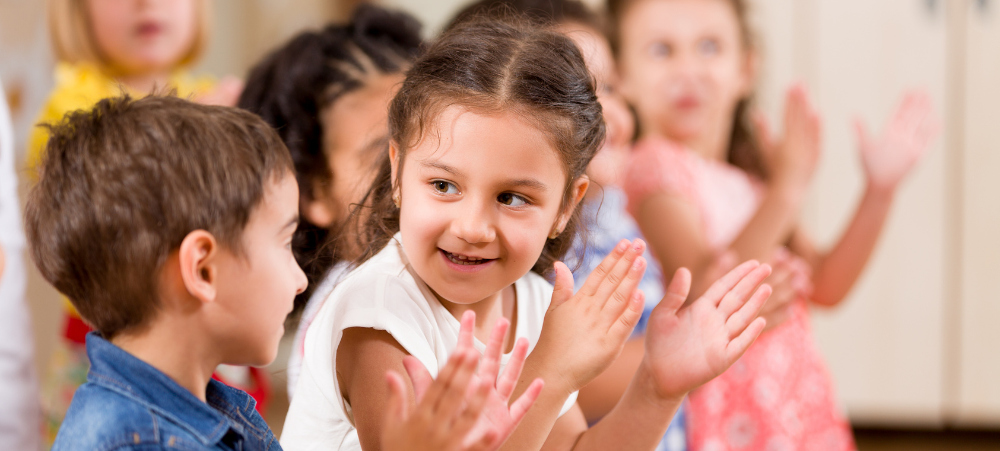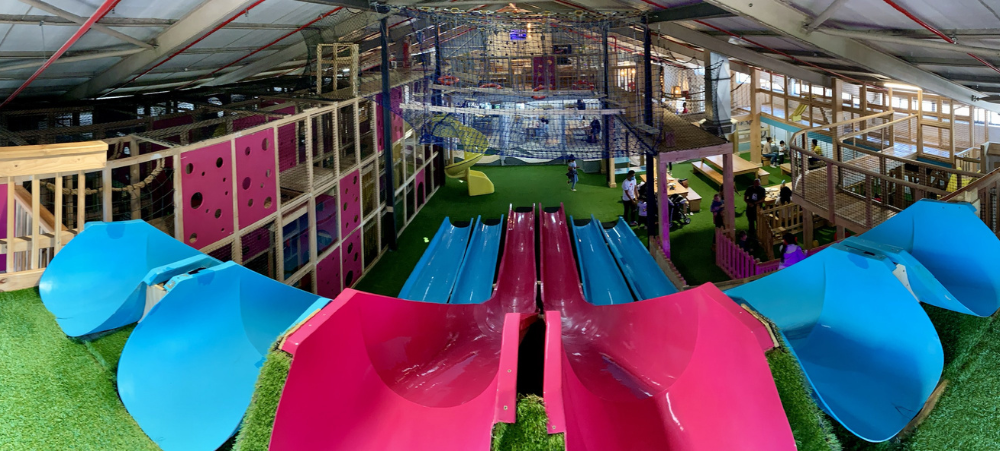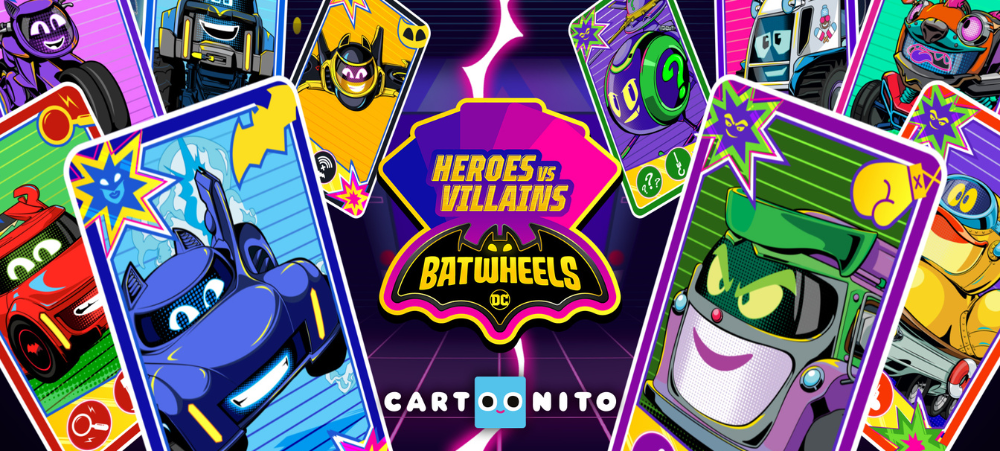
Your 2025 festive season survival kit
On paper, the festive season is portrayed as nothing short of celebration, rest, and joy. And while it’s definitely a time for celebrating, the truth is that the festive season also poses unique challenges you don’t necessarily encounter throughout the rest of the year. From navigating family dynamics, to keeping your home clean while the children aren’t at school, to nourishing your hair, skin and body after over-indulgence… The festive season calls for its own type of survival kit, and we’ve compiled it! Here’s how to solve (or at least ease!) some of the challenges you may encounter this December. An upside-down home Having everyone at home during the festive season means a lot of mess – from a kitchen filled with dishes to beach sand on the floors and messy play areas, the holidays usually involve a lot of cleaning. Maintaining a clean home doesn’t have to mean using harsh and potentially harmful cleaning products. Switching to natural, non-toxic cleaning products is much better for your health (especially if you have children and pets!) and for the environment. And it doesn’t mean skimping on performance: Earthsap is a leader in natural cleaning products that work quickly and safely. A few favourites include the Earthsap Dishwashing Liquid (which cuts through grease without toxic chemicals), Earthsap Cleaner & Degreaser (a heavy-duty solvent and general cleaner with an excellent dirt and grease cutting formula) and Earthsap Floor & Tile Cleaner (it contains microbials which release organisms, breaking down dirt, fats, and odorous compounds). The stress of family dynamics Spending an evening with that aunt who always comments on your dating life? Too much time with your in-laws? The festive season may be joyous, but for many, it also brings about a lot of stress. You can’t control the actions of those around you, but you can maintain a calm mind and body with the help of aromatherapy. SOiL’s Remedy Rollers allow you to access the benefits of essential oils, no matter where you are. Small and handy, these little rollers can be kept in your pocket or purse, and can be applied directly to pulse points like the wrists or temples. Try SOiL De-Stress Remedy Roller to reduce tension and restore a calm mind, or SOiL Relax Remedy Roller to help you drift into a peaceful sleep when you have a lot on your mind. Holiday stress takes its toll on the mind and the muscles. Why not ask your partner to massage your neck and shoulders after a long day? SoyLites massage candles contain botanical oils, as well as coconut, shea butter, and grapeseed oil, for extra slip. The melted “wax” has the perfect consistency for a massage, the candles smell beautiful, and the botanical oils offer much-needed aromatherapy benefits. We recommend SoyLites Relaxation Massage Candle, which combines the benefits of neroli, lemongrass and cedarwood for a calming effect. An uneasy gut The festive season goes hand in hand with overindulgence. Whether it’s all the roasted foods, the desserts or the drinks, most of us could use a little help when it comes to our gut. To maintain healthy digestion, improve nutrient absorption, and support a strong immune system, it’s essential to take a high-quality probiotic every day. Velobiotics is unique in that it uses patented microencapsulation technology that protects probiotics throughout the digestive process and releases them in the colon. They offer several targeted formulas to suit various wellness needs. Velobiotics His-Biotics is a daily supplement designed specifically for men’s health. The advanced formula combines powerful probiotics with essential vitamins and minerals to support vitality from the inside out. Its female counterpart, Velobiotics Her-Biotics, optimises gut health, boosts immunity and promotes hormonal health. A quick fix for spills Whether it’s for melted ice cream, a runny nose or a cold drink spill, moms know the power of the humble wet wipe. But wet wipes are not just intended for babies and toddlers – they’re a handy item to keep at home or in the car to remove stickiness on your hands or clean up a spill, fast. We love Vital Baby Hygiene Wipes – hypoallergenic and ultra-gentle, they offer a fast solution for messes and dirty hands. Summer holiday skin Endless hours next to the pool or at the beach, party makeup and the heat of the summer sun can lead to tired, oily and dehydrated skin. Keep your skin in tip-top condition this festive season by always – and we mean always – removing makeup at night, applying plenty of moisture and protecting it with a broad-spectrum SPF daily. If removing your makeup feels like a chore, try SKNLOGIC Probiotic Micellar Water. It gently lifts away dirt, oil, makeup and impurities without stripping the skin of moisture or disrupting its delicate balance. If your skin feels hot and tired during the day, treat it with a nourishing and hydrating facial mist. SOiL’s range of Facial Mists is crafted from certified organic hydrosols and is available in four variants. The Rosemary Facial Mist not only gives the skin a natural boost, but its aromatherapy benefits are known to contribute to mental clarity. In addition to the skincare benefits, it also offers immediate cooling and a feeling of refreshment. If your skin feels dehydrated from all the sun exposure, apply a serum rich in hydrating hyaluronic acid, like thebeautyworX Multifunctional Hyaluronic Acid Face Serum, which also has antioxidant and anti-pollution benefits. Remedies for tired hair Much like the skin, our hair can also become tired, lacklustre and dry due to sun exposure, sea water and the general neglect that sometimes creeps in when we’re on a carefree holiday. For dry curls or scalps, we recommend Two Oceans Coconut Oil and Argan Curl Quench Shampoo and Conditioner. These vegan formulas are enriched with Moroccan argan oil to soften, moisturise and smooth the hair and scalp, while quenching thirst. For the little ones, try Jungle Beat 2-In-1 Shampoo and Conditioner, crafted with 90% natural ingredients and infused with argan oil for softer,







